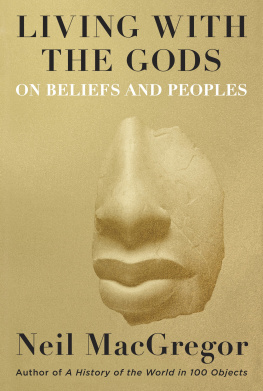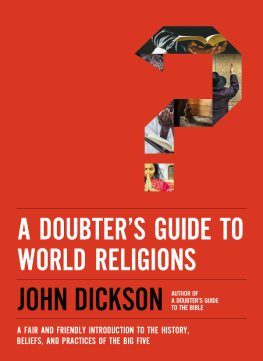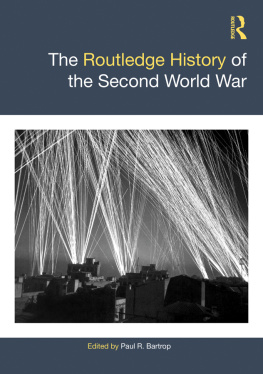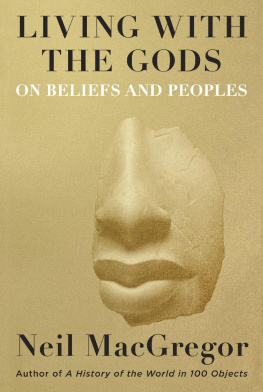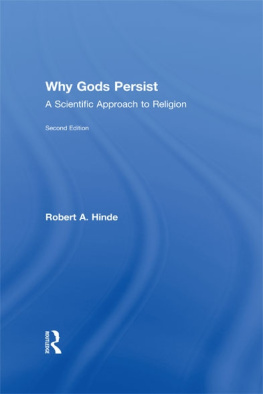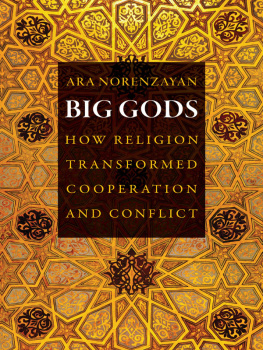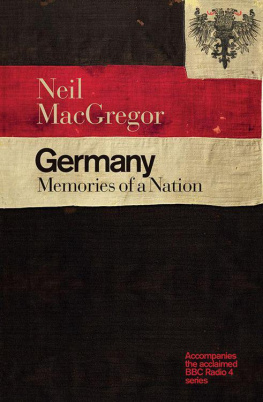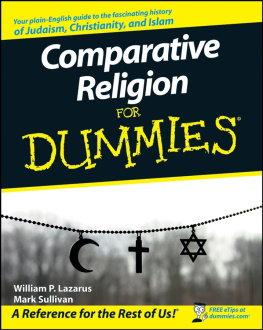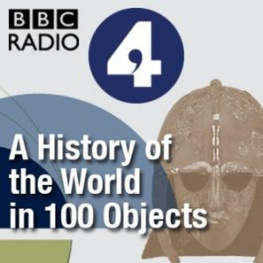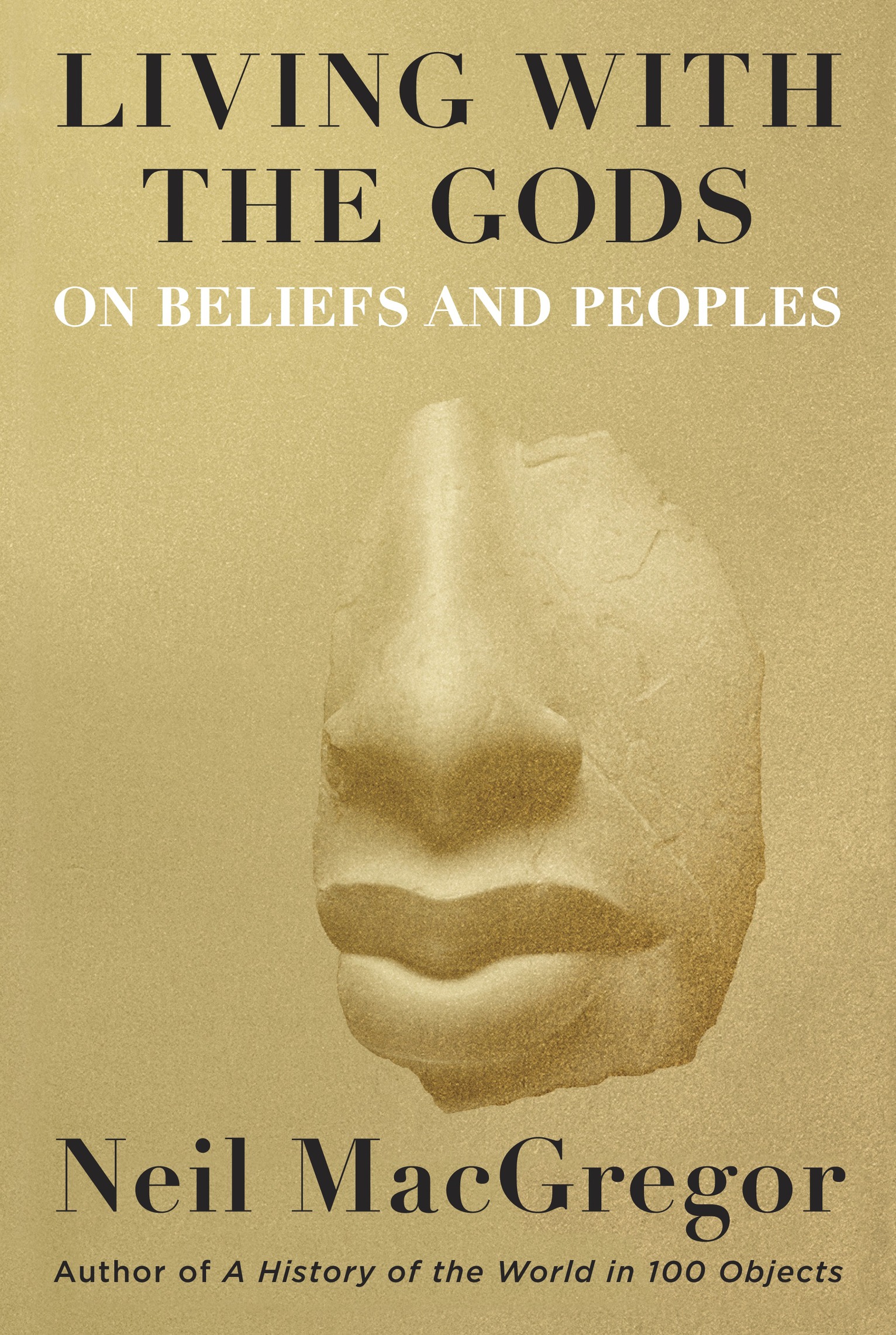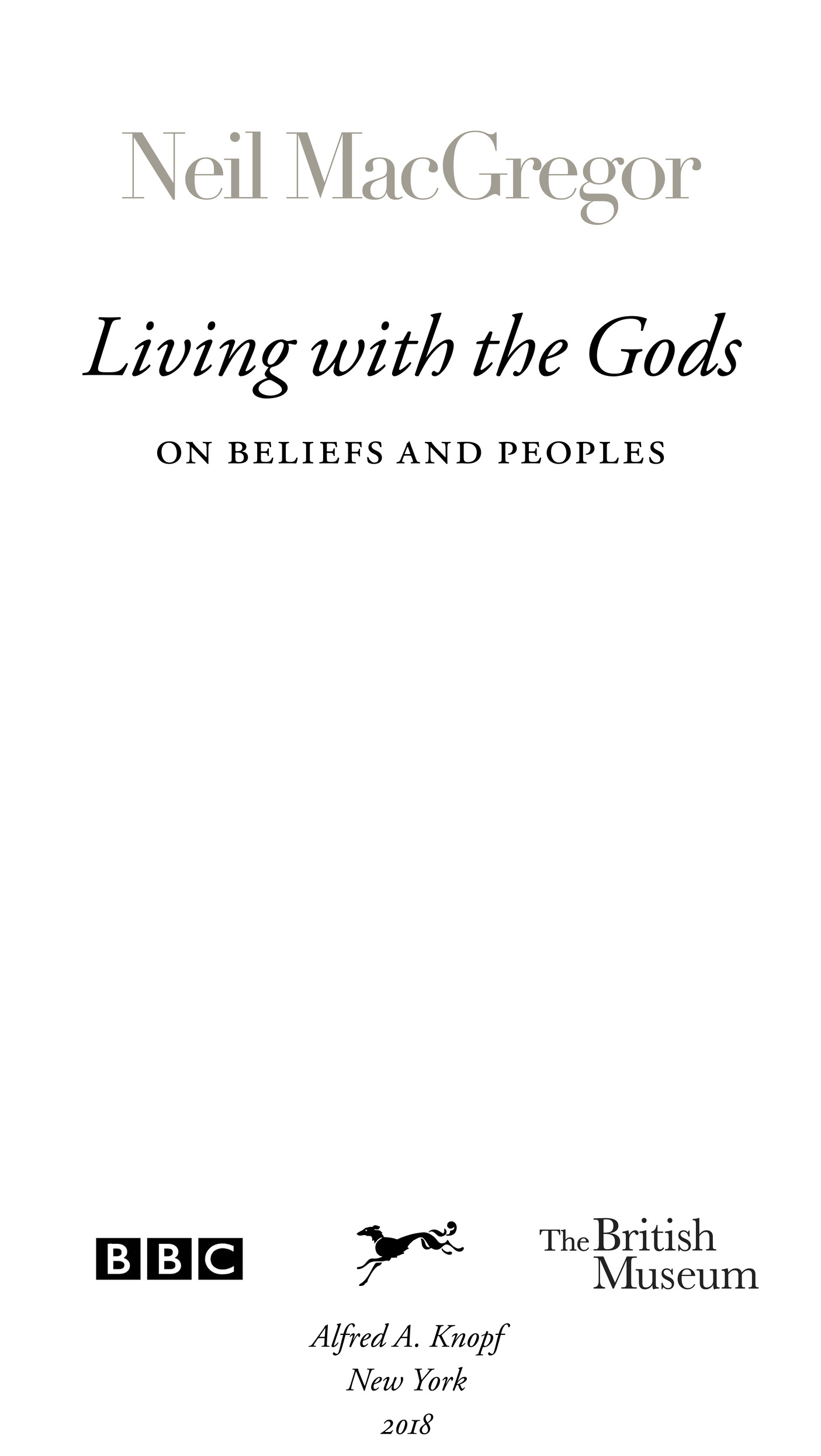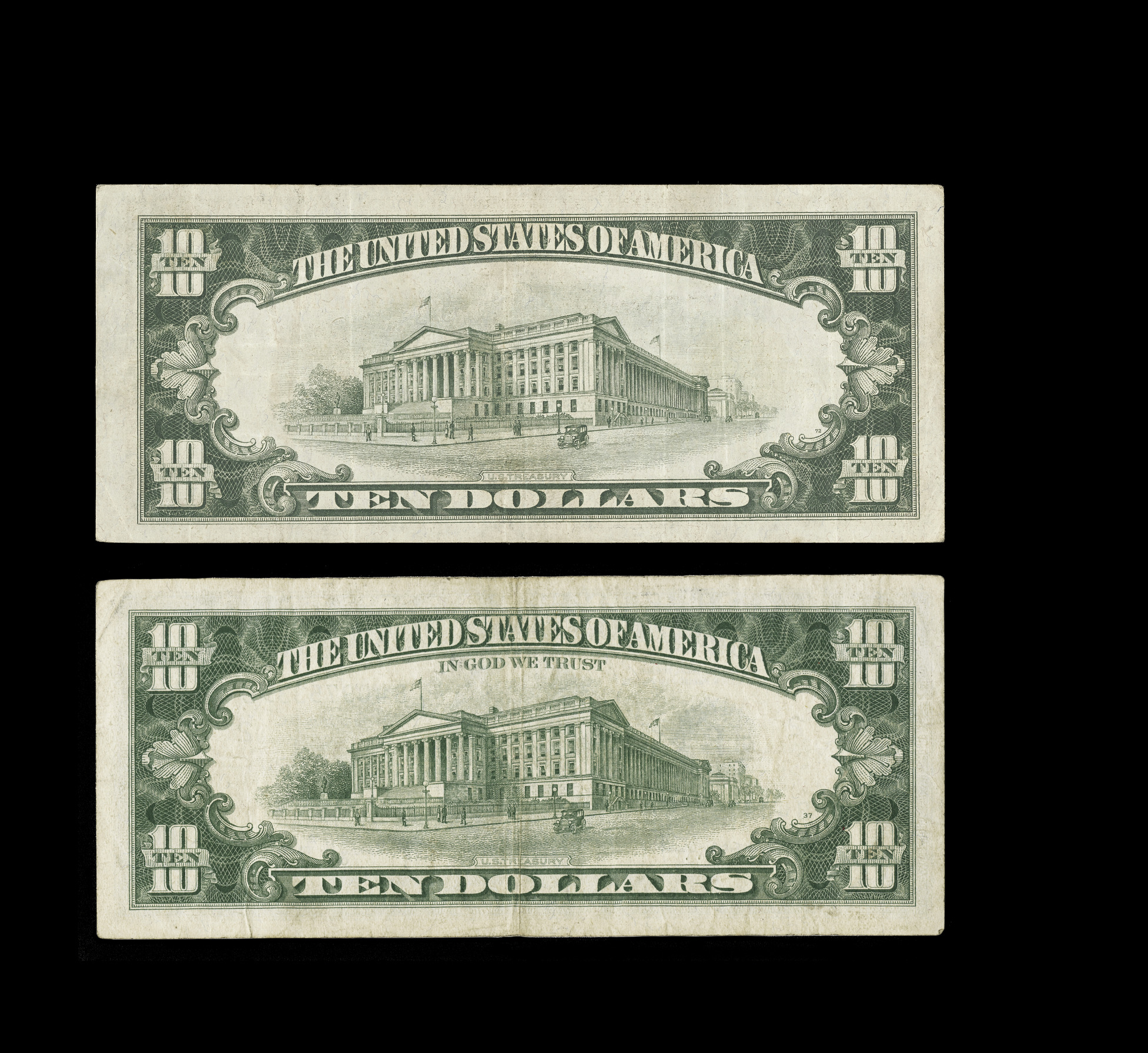Belief is back
After the end of the Second World War the Western world basked for decades in a prosperity without precedent in history. The United States offered most of its citizens and its immigrants what appeared to be endlessly rising standards of living. In 1957, the Prime Minister, Harold Macmillan, famously told the British public that they had never had it so good. They agreed, and he comfortably won the next election. Across Western Europe and North America, economic growth was the norm: peace had on the whole led to plenty.
In the rest of the world, the Soviet Union and the United States were locked in bitter conflict, sometimes military, always ideological, competing to win new recruits for their preferred systems of Marxist state communism or liberal democratic capitalism. As both are essentially economic propositions, the debate increasingly and unsurprisingly centred not on their very different notions of freedom and social justice, but on which system could provide the greater material benefits for its society.
There is a striking example of this elision equation of ideals with their material outcomes on the US dollar bill, or, more precisely, on two dollar bills. Even though most of its population was Christian, the United States had been founded on the explicit basis, enshrined in the Constitution, that the new nation should not have an established religion. But in 1956, in an effort to distinguish itself even more sharply from the atheist Soviet Union, Congress resolved to make greater public use of the long-familiar motto In God We Trust. In a gesture rich in unintended symbolism, it was decided that the words should appear not on public buildings or on the flag, but on the national currency. They have been printed on dollar bills ever since, and on the ten-dollar bill they hover protectively over the US Treasury itself. The ironic phrase the Almighty Dollar had been circulating since the nineteenth century, warning against the conflation of God and Mammon. Now, however, one of the defining American beliefs was to be expressed on the most revered manifestation of its success: its money.
On the face of it, it might seem that the new wording on the dollar bills was an assertion of the supremacy of God in the US political system, a twentieth-century American version of the letters DG Dei Gratia, By the Grace of God which accompany the portrait of the sovereign on British currency, or the Quranic texts on the coinage of many Islamic states. In fact, it was almost the reverse.
The ten-dollar bill, showing the US Treasury, before and after 1956
This striking combination of the financial and the spiritual, far from being a step towards theocracy in Washington, was symptomatic of a wider change in the balance between ethics and economics. On both sides of the Atlantic, the role of organized religion in public and private realms alike was receding. Society was becoming increasingly secular more swiftly in Europe and fewer and fewer were attending traditional religious services. The revolutionaries of 1968 argued in terms of economic injustice that hardly mentioned God, let alone putting their trust in him. After the collapse of Communism in the Soviet Union at the end of the 1980s, the consensus almost everywhere was clear. The battle of ideologies was over: capitalism had won, communism had failed, religion had withered, and if there was a faith a set of assumptions shared by almost everybody it was now in material well-being. As Bill Clinton memorably put it in the US presidential election campaign of 1992: Its the economy, stupid. Few disagreed; and, like Macmillan before him, Clinton was elected leader of his country.
Twenty-five years later, to the surprise or bewilderment of the prosperous West, organized religion is, all around the world, once again politically centre stage. To an extent rarely seen in Europe since the seventeenth century, faith now shapes large parts of the global public debate. The competitive materialisms of the Cold War have been replaced. The whole of the Middle East is caught up in murderous conflicts that are articulated and fought not in economic but in religious terms. The politics of Pakistan and Israel, both founded as explicitly secular states, are increasingly confessional. In Indonesia and Nigeria, Myanmar and Egypt, communities are attacked and individuals killed on the pretext that the practice of their faith makes them aliens in their own country. India, whose constitution enshrines the states equidistance from all religions, is convulsed by calls for the government to assert an explicitly Hindu identity, with grave consequences for Indians who are Muslims or Christians (Chapter 25). In many countries, not least the United States, immigration policy effectively the case against immigrants is often framed in the language of religion. Even in largely agnostic Europe, the Bavarian Prime Minister urges the presence of the cross in official buildings as the marker of a Catholic Bavarian identity, and the French government bans the public wearing of the full-face

